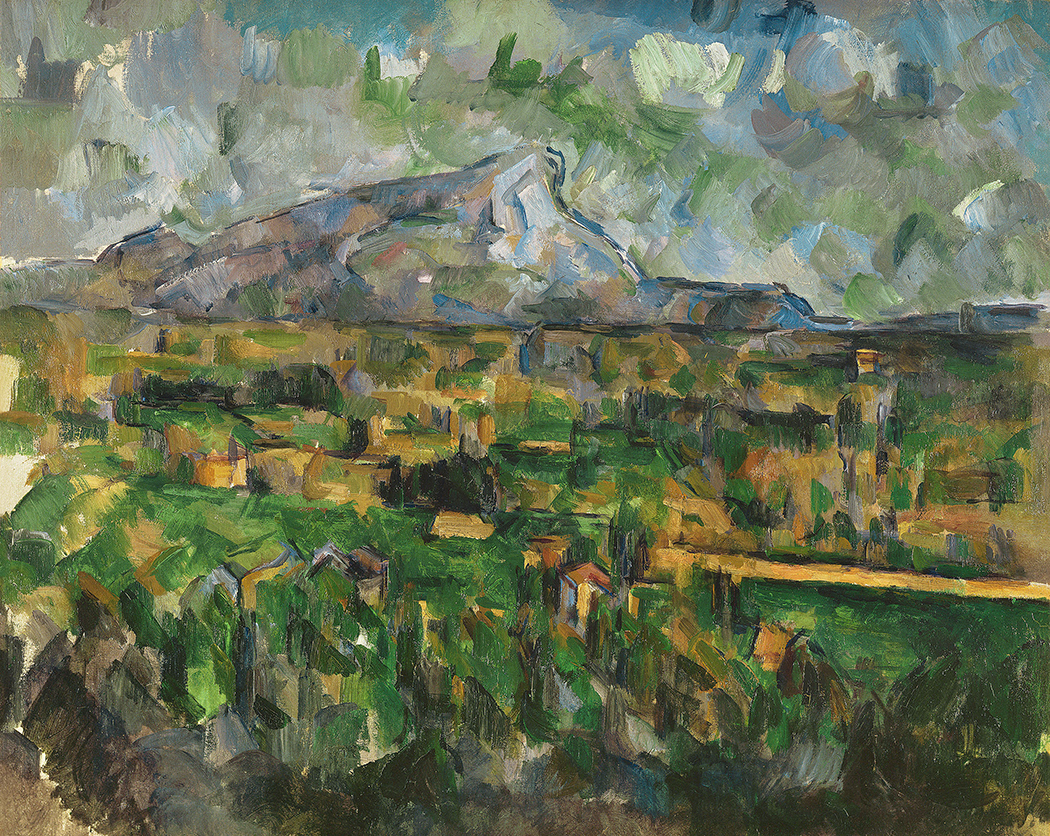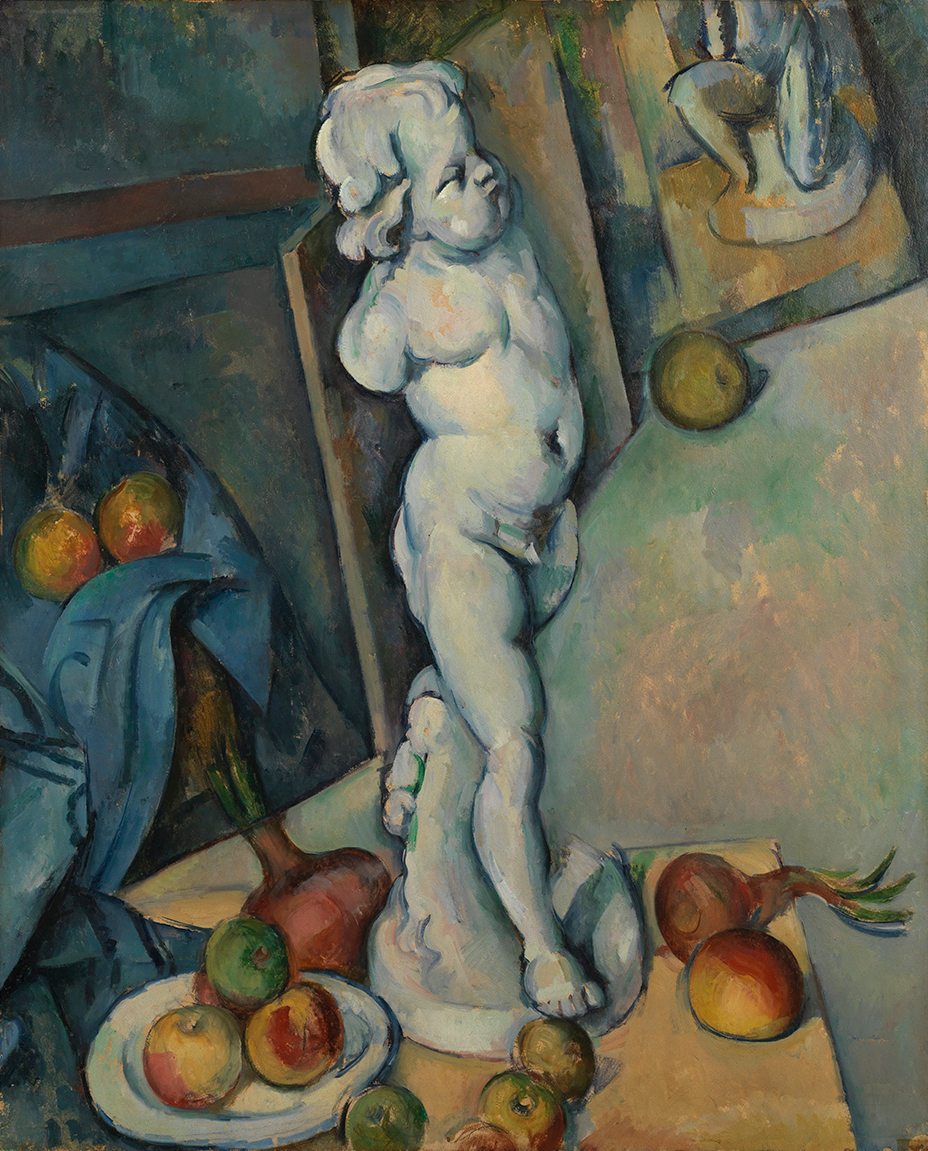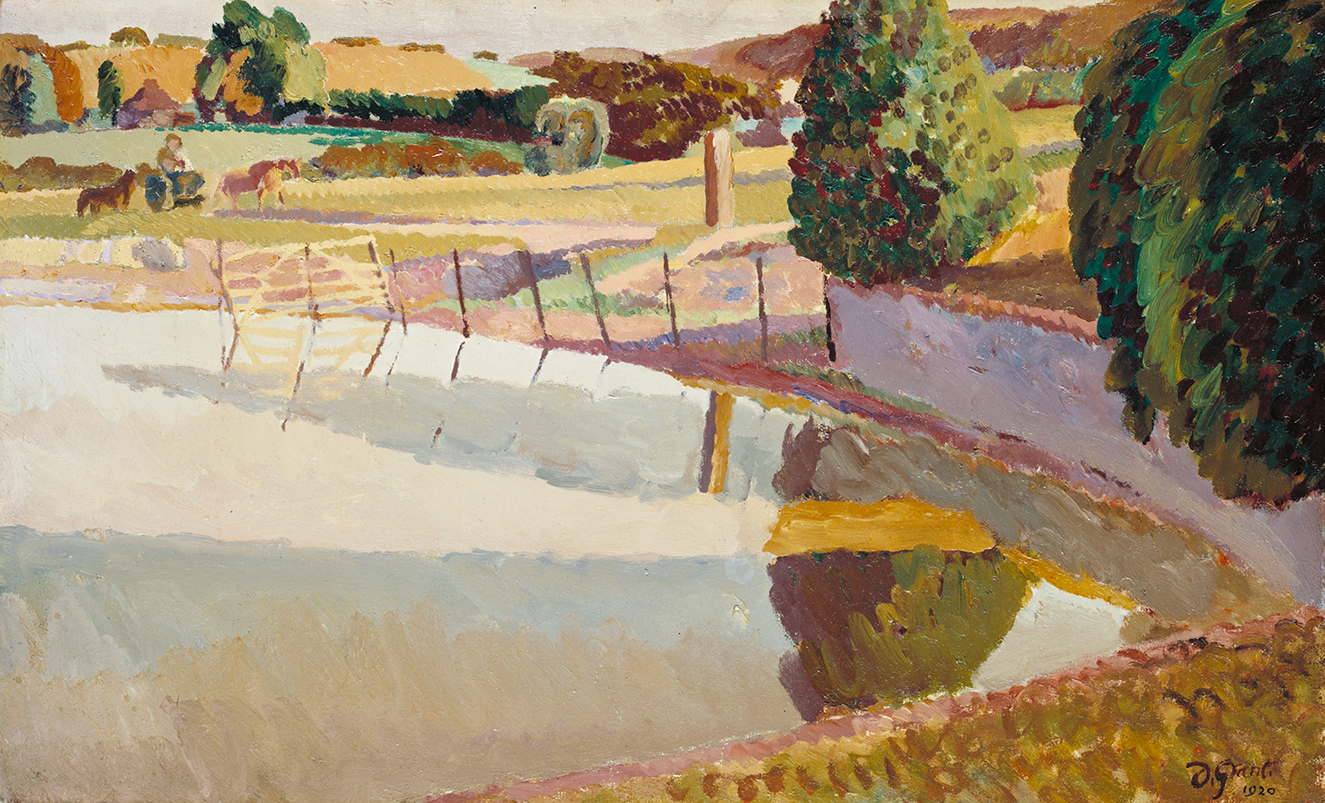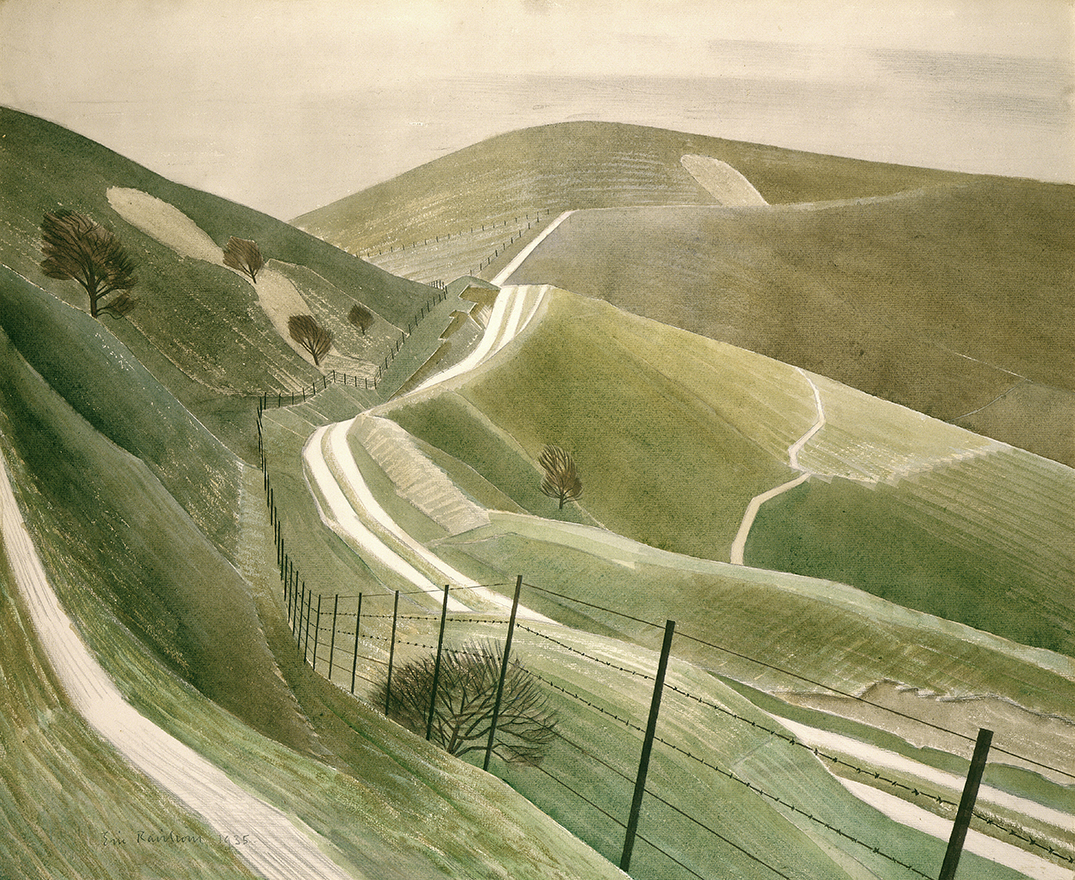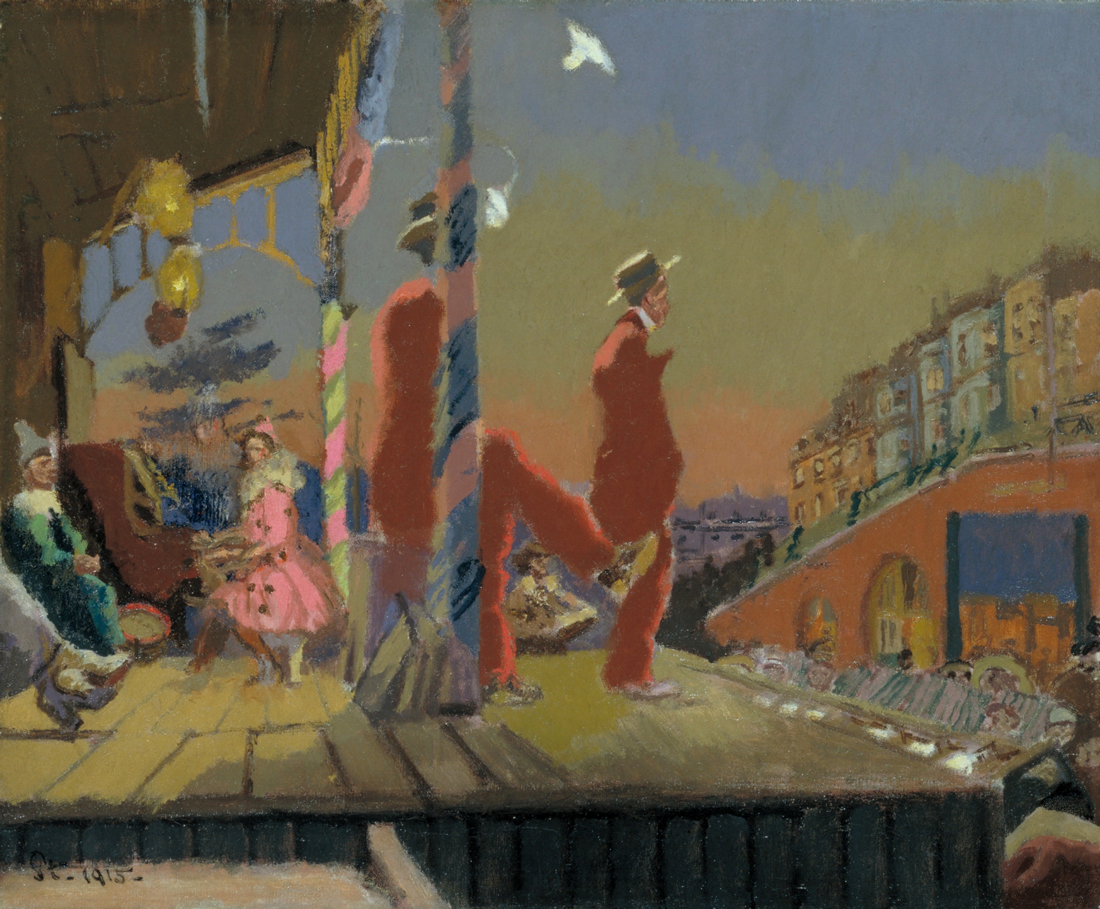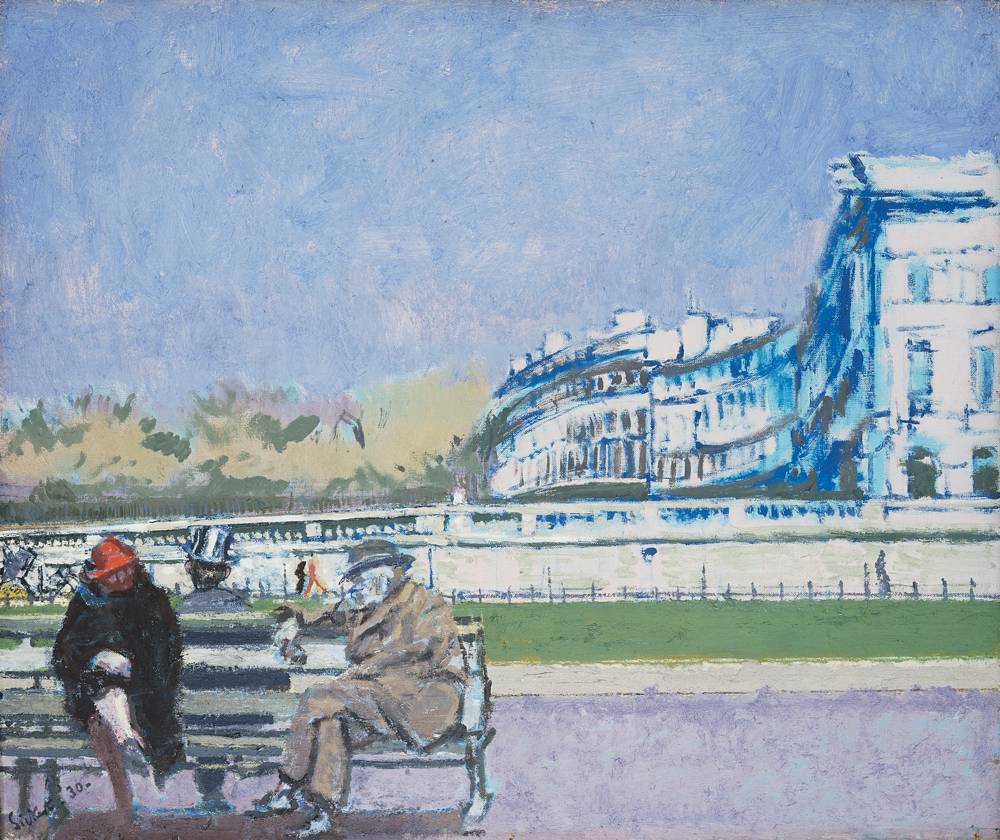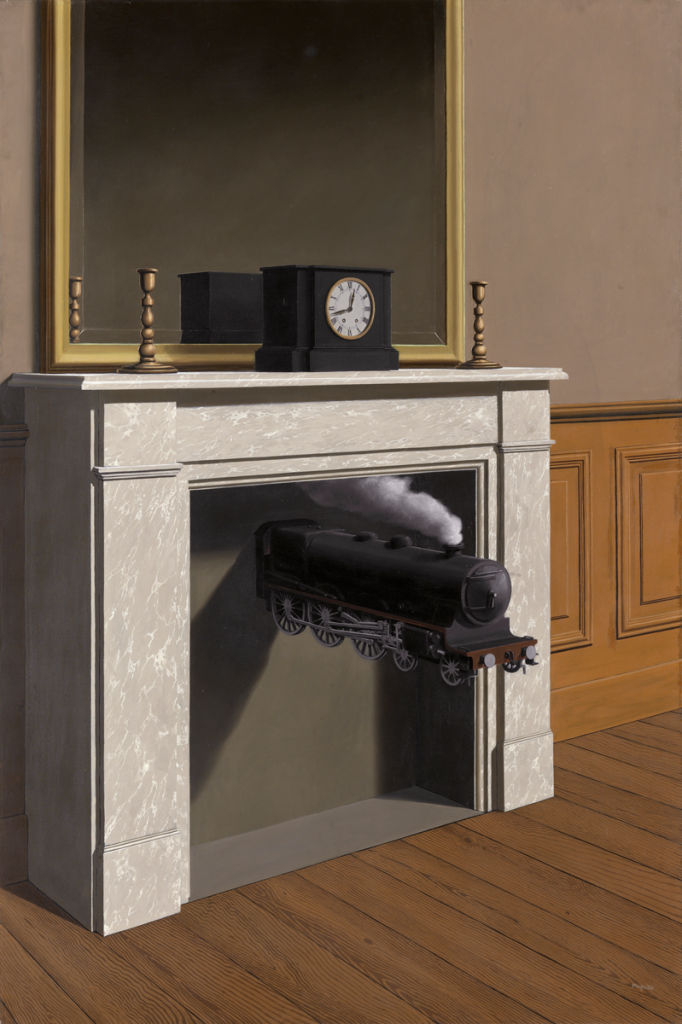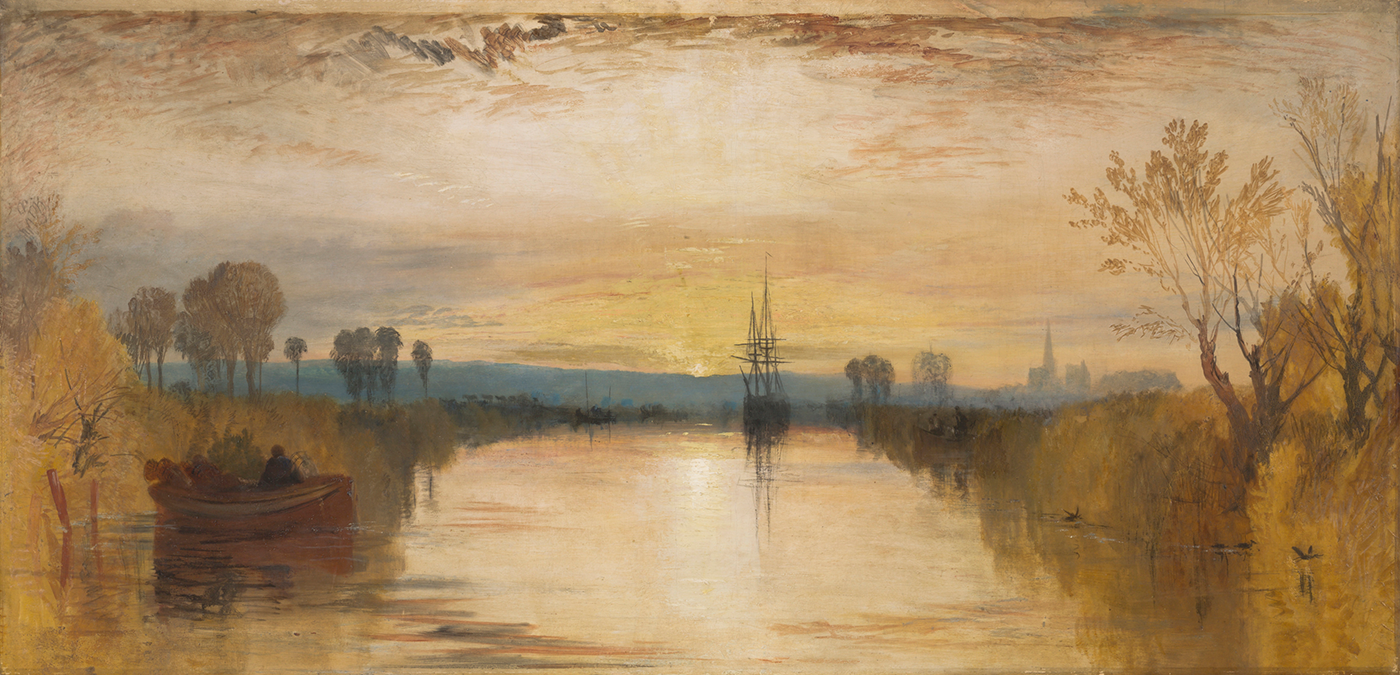
As Pallant House Gallery celebrates its 40th anniversary I am returning to its current exhibition Chalk, Wood and Water.
Sussex with her distinctive chalk-cliff coastline, Weald, and the rolling lees and valleys of the ancient South Downs, is as much an idea as a place.
This beautiful, expansive, textural exhibition seeks to articulate how the Sussex landscape has inspired, and continues to inspire writers, musicians and artists lending a distinctive voice to Englishness. The exhibition charts the ways in which Sussex has been a place of creativity, exploration and retreat in the context of so many artists’ lives.
This processional show begins with Joseph Mallord William Turner (1775-1851), journeys through the 20th century and ends with the contemporary and Andy Goldsworthy (b.1956).
It is the first time that JMW Turner’s oil, Chichester Canal, has returned to the city since it was painted in 1828. On the horizon the Cathedral spire, a ship and trees are outlined against the luminous sky. The artist had strong associations with Sussex through his patron and friend the 3rd Earl of Egremont at Petworth who had invested heavily in the Chichester Canal. The canal was part of a network which drew a line through town and country connecting Portsmouth and London.
Turner embraced a new vocabulary in his art to describe his modern age. It is easy to forget that it was a vocabulary which many of his contemporaries found shocking.
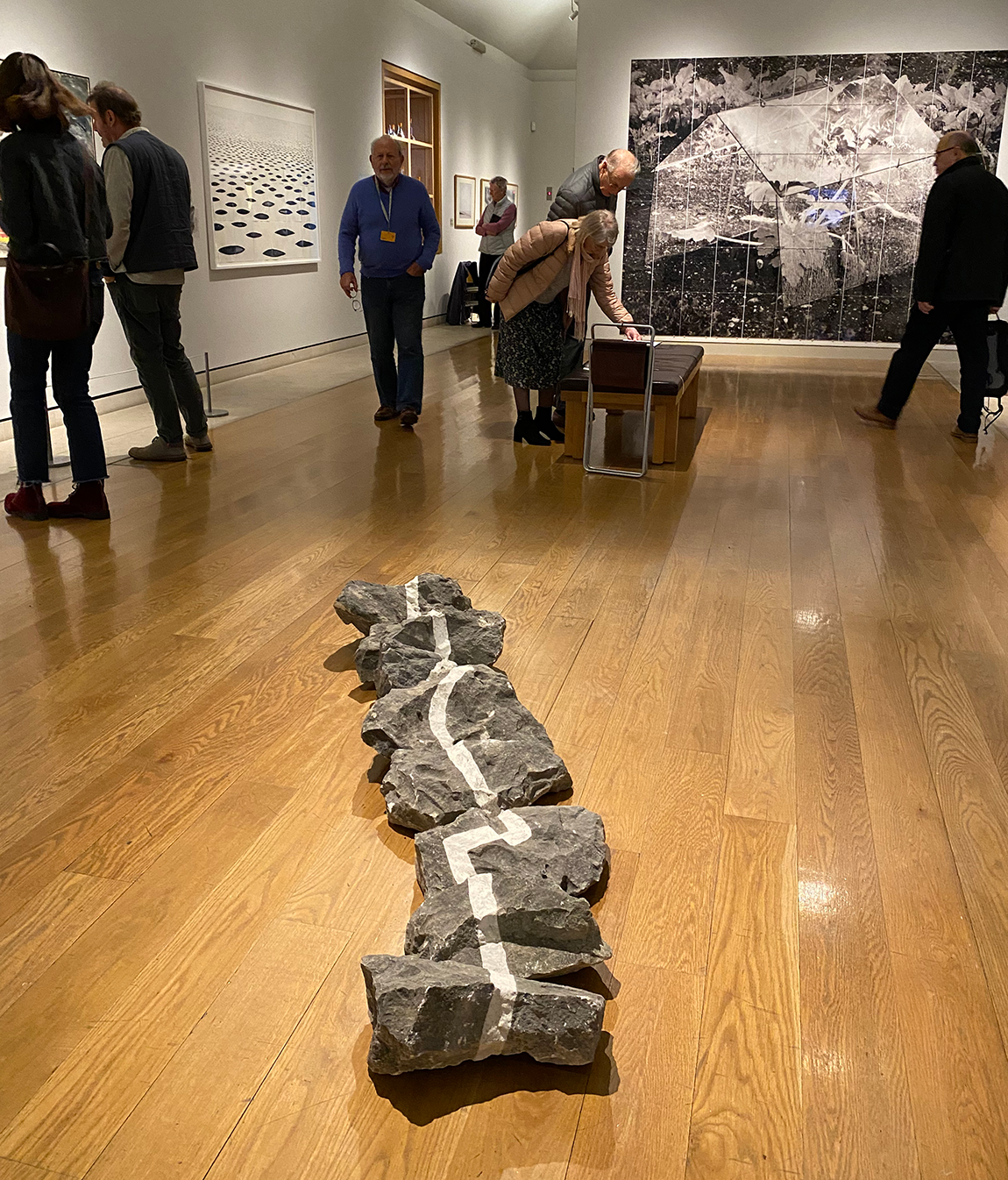
The contemporary artist Andy Goldsworthy was commissioned by Pallant House Gallery to produce the work Chalk in 2002. This fabulous installation was made from locally quarried chalk. The naturally weathered grey outer surface has been etched by the artist using a flint to reveal the white chalk beneath. Speaking about the sculpture Andy Goldsworthy said ‘Dig a hole up North and its black and stony and earthy. So to dig a hole in Sussex and to find chalk so absolutely pristine and pure and white…was like finding the sky in the ground.’
For me the luminous, pure white line in Andy Goldsworthy’s Chalk has an invitational quality to it reminiscent of being a pilgrim in the Sussex landscape, processional like this exhibition and life.
These two works capture in very different ways what is at the heart of this exceptional exhibition – the inspiration Sussex and her landscape has given and continues to give to so many of our nation’s leading artists.
Sussex Landscape – Chalk, Wood and Water runs at Pallant House Gallery Chichester until 23rd April 2023.
